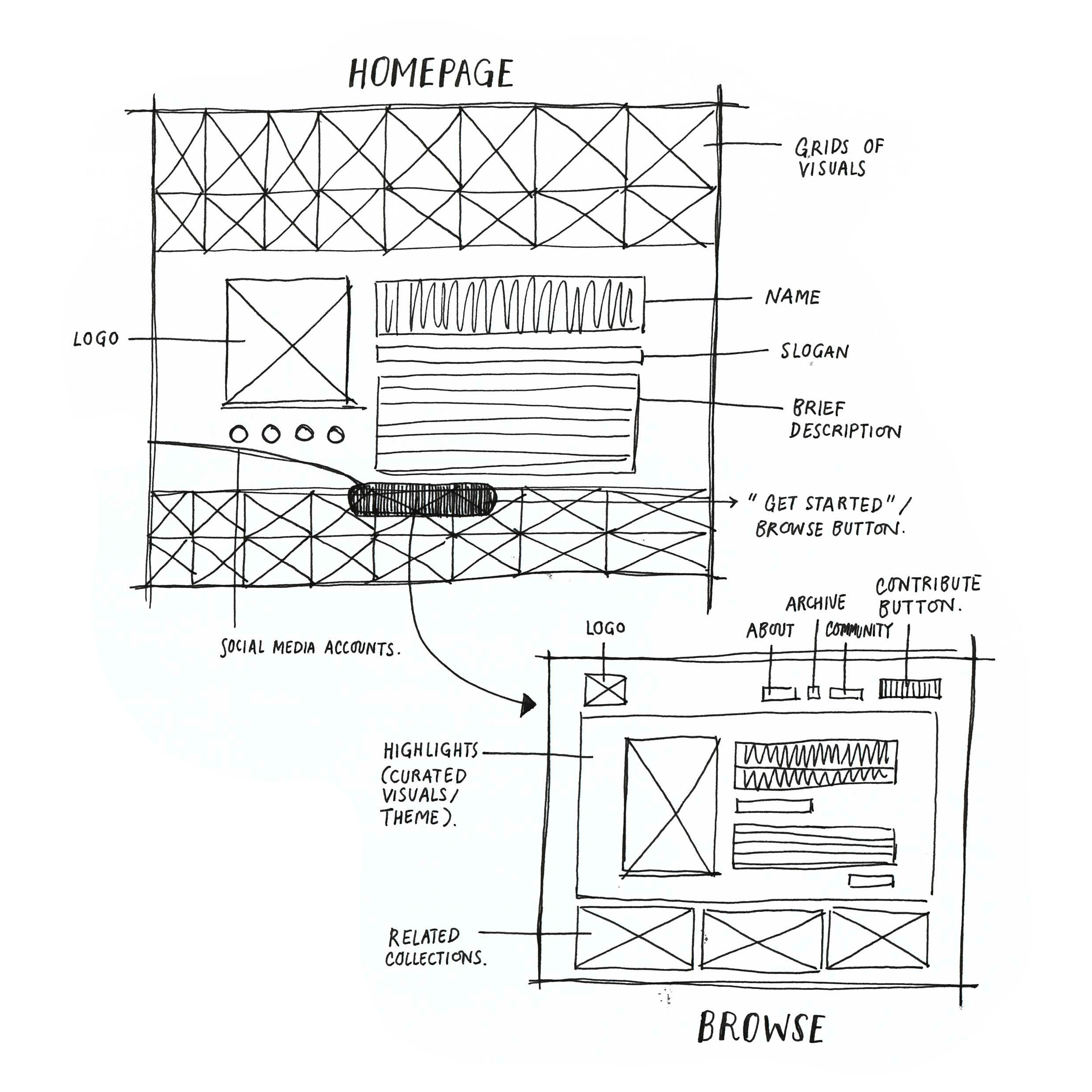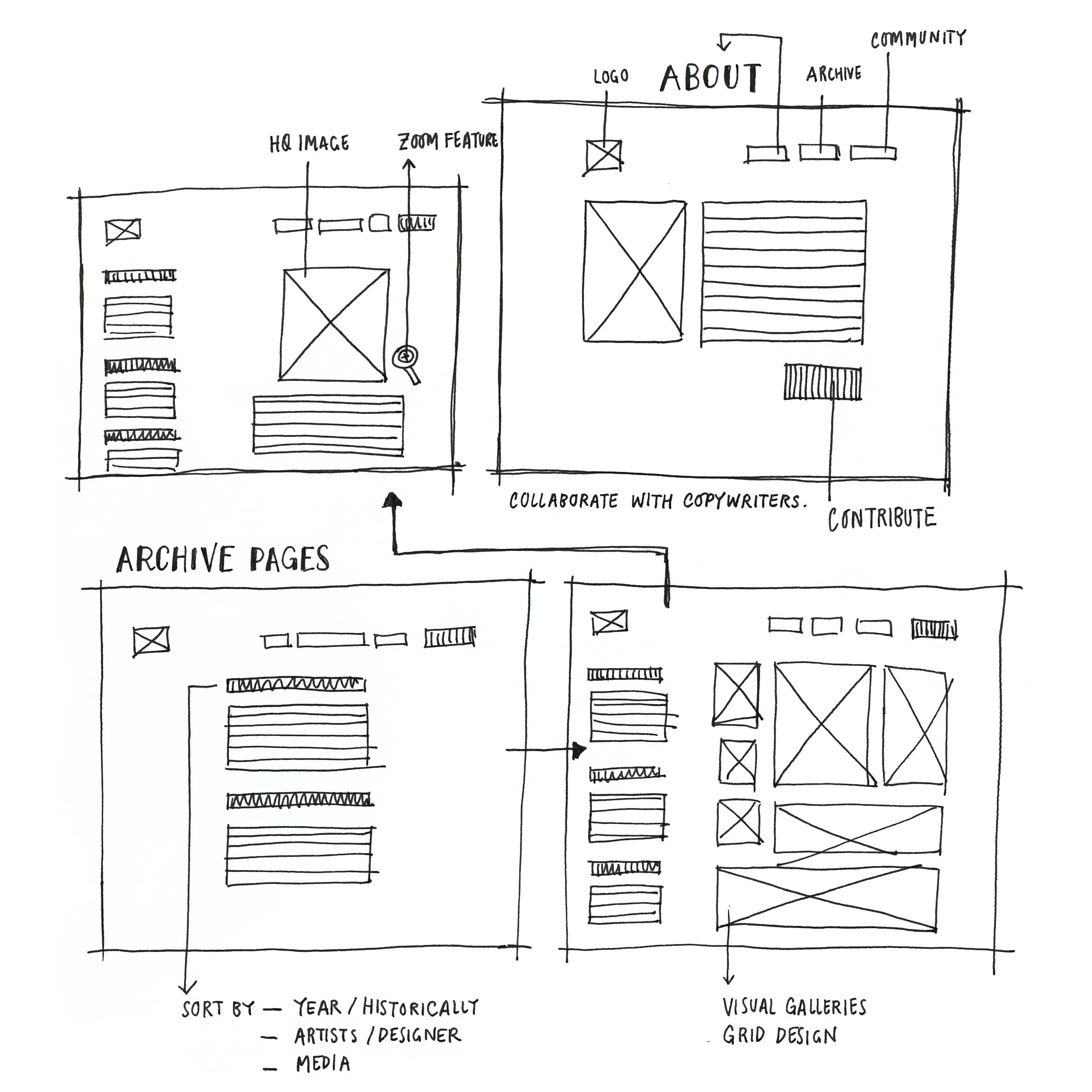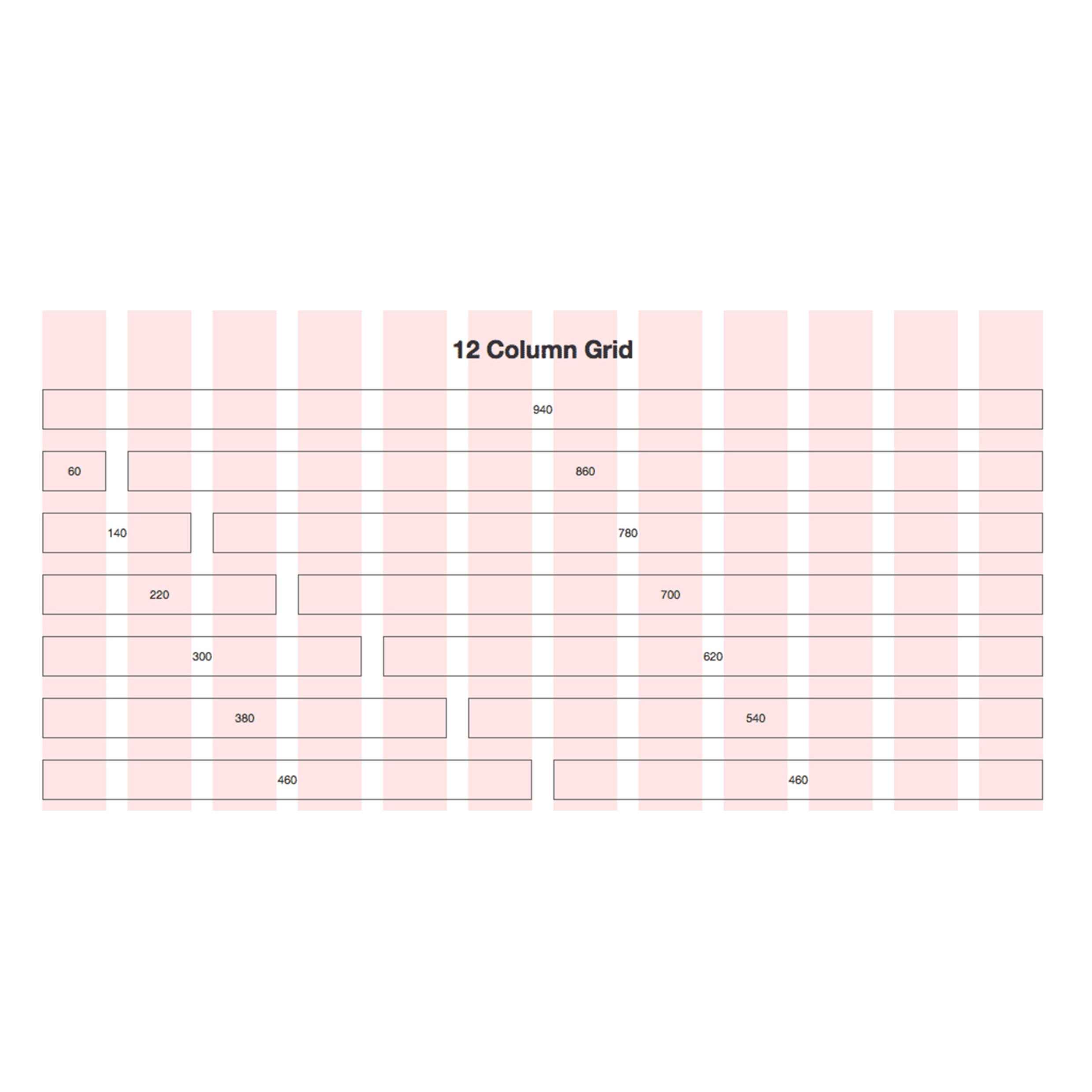About 'Gesamtkunstwerk' & Intervention Progress
It's been a rough week for me to finally get moving to the next step of my journey, which I regard as a crucial subject to do for the rest of the independent study period: another intervention. In the last tutorial session that I had with Richie, I am pretty sure that I had enough background shreds of evidence and proofs that shows that I'm in a convincing direction regarding of my project.
I'm working on the intervention right now, which is an evolved version of the curated archival platform that I proposed some few months ago, with the help from people that belong to this expertise and frequent feedbacks from the target audiences and contributors.
Perhaps everyone might ask what are differences between this intervention with the already existing digital platform for archives such as the massive internetarchives.org or Gurafiku?
To examine this, I came across a German phrase 'Gesamtkunstwerk'[1] that I got from Boris Groys' In The Flow. The idea of Gesamtkunstwerk itself might be utterly complex to digest, but when it is merged with the context of archival, curatorial, and museums it made sense:
... What is the main difference between a curatorial project and a traditional exhibition? The traditional exhibition treats its space as anonymous and neutral. Only the exhibited artworks are important. Thus, artworks are perceived and treated as potentially immortal, even eternal, and the space they inhabit as contingent, accidental–merely a station where the immortal, self-identical artworks take a temporary rest from their wanderings through the material world. On the contrary, the installation – be it an artistic or curatorial installation – inscribes the exhibited artworks in this contigent material spaces.
The curatorial projects is a Gesamtkunstwerk because it intrumentalizes all the exhibited artworks, making them serve a common purpose that is formulated by the curator. At the same time, a curatorial or artistic installations is able to include all kinds of objects – some of them time-based artworks, or processes, some of them everyday objects, documentations, texts, and so forth. All of these elements, as well as the architecture of the space, its sound and light, lose their respective autonomy and begin to serve the creation of the whole, in which visitors and spectators are also included. Thus, ultimately, every curatorial project demonstrates its accidental, contingent, eventful, finite character – its own precariousness.
In fact, every curatorial project has the goal of contradicting the previous, traditional art-historical narratives. If such a contradiction does not take place, the curatorial project loses its legitimacy. An individually curated exhibition that merely reproduces and illustrates the already known narratives simply do not make any sense. For the same reason, each curatorial project should contradict the previous one. A new curator is a new dictator who erases the traces of the previous dictatorship. Thus, more and more contemporary museums are being transformed from spaces for permanent collections into stages for temporal curatorial projects – temporary Gesamtkunstwerk.
And the main goal of these temporary curatorial dictatorship is to bring the art museum into the flow – to make art fluid, to synchronize it with the flow of time. [...] Thus, today, the museum presents not a universal history of art but, rather, its own history, in the chain of events staged by the museum itself.
This excerpt from the book helps me a lot with defining the keywords of the keys elements that I would like to implement into my platform, that will complement each other to reach the main purpose of the project that I stated into the evolving question. In short:
Nothing really worth putting here at the moment, as the work itself is still in progress. However, I would like to give shoutout for the help from some contributors that are helping me to discover InVision Studio app, a new, easy tool to build a platform! Plus, some of the preliminary sketches that I made for the platform! I hope this will be finished soon!
Further Readings
Groys, B. (2018). 2018. 1st ed. London, New York: Verso.
Moss, S. (2018). A to Z of Wagner: G is for Gesamtkunstwerk. [online] the Guardian. Available at: https://www.theguardian.com/music/musicblog/2013/apr/18/a-z-wagner-gesamtkunstwerk [Accessed 22 Aug. 2018].
Bergande, Wolfram: "The creative destruction of the total work of art. From Hegel to Wagner and beyond", in: Ruhl (Ed.): The death and life of the total work of art, Berlin: Jovis, 2014
Footnotes
[1] Gesamtkunstwerk [gəˈzamtˌkʊnstvɛʁk] means "total work of art", "ideal work of art", "universal artwork", "synthesis of the arts", "comprehensive artwork", "all-embracing art form" or "total artwork".
The term was first used by the German writer and philosopher K. F. E. Trahndorff in an essay in 1827. The German opera composer Richard Wagner used the term in two 1849 essays, and the word has become particularly associated with his aesthetic ideals.






